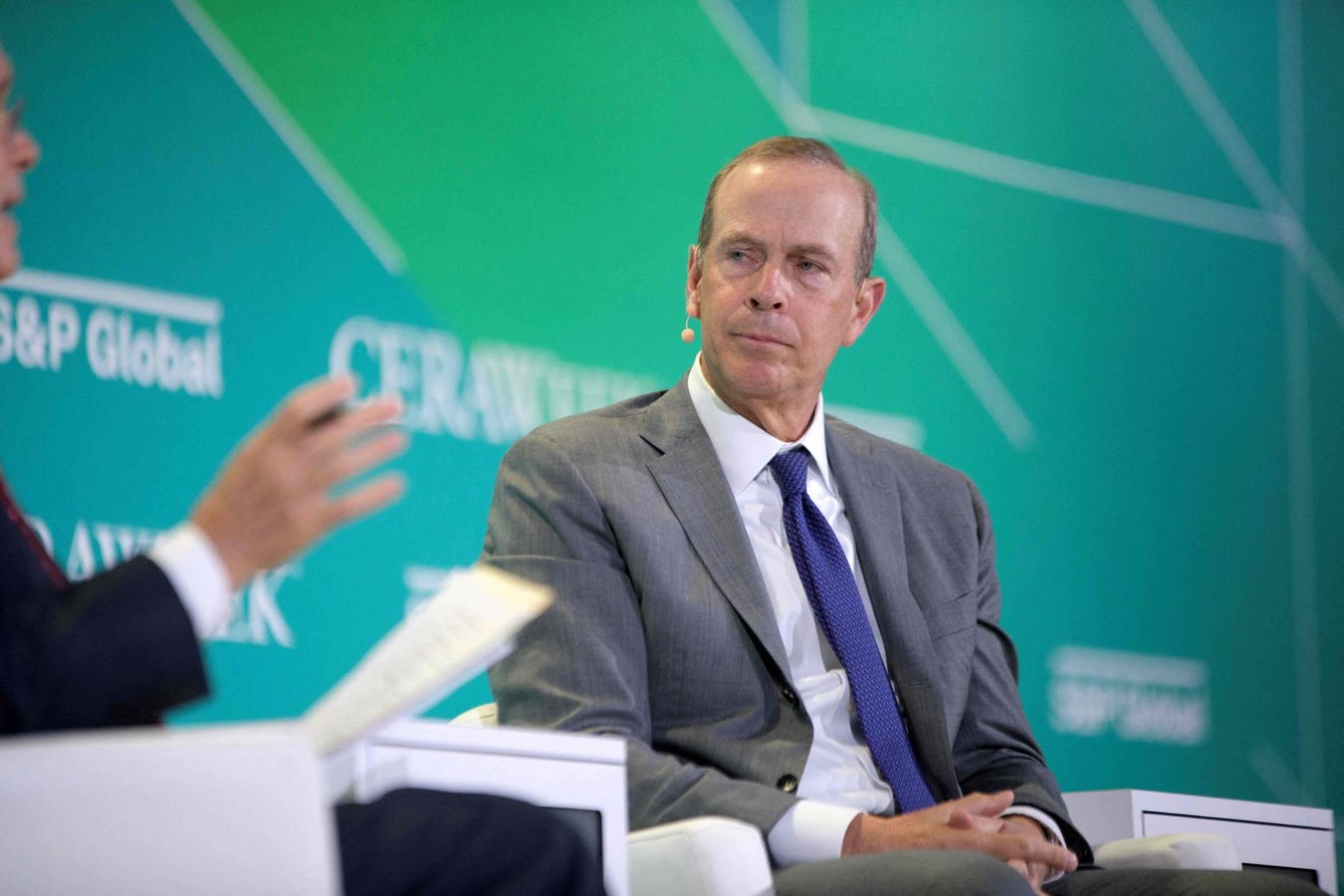Any new merger announcement as sizable as Monday’s announced deal between Chevron
CVX
XOM
PXD
Andrew Dittmar, Senior Vice President at Enverus Intelligence Research (IER) said in an email that, “the common thread connecting these deals is majors looking to refill their pipelines to maintain production against a declining asset base as they anticipate their legacy businesses staying profitable into the 2030s.” Even more than that, Dittmar adds that the deal “indicates buyers are starting to place a higher focus on growth after years of solely looking to grow shareholder distributions.”
To support that latter point, Dittmar remarks on Chevron’s willingness to enter into a deal that it admits is near-term dilutive to EBITDA and free cash flow in exchange for the prospect of significant equity production growth over the longer term. This is indicative of the year-long trend seen throughout 2023 of the larger oil and gas companies renewing their focus on growing their legacy oil and gas businesses after years of searching for investments to bolster their ESG credentials at the demand of investors and financial markets. With even BlackRock
BLK
Other analysts also remarked on this facet of Chevron’s deal. “Chevron now has exposure to the highest growth oil and gas producing regions outside of the Middle East,” said Rob Thammel, Sr. Portfolio Manager at Tortoise in an email, adding, “this transaction will allow Chevron to continue to really play that out for not just this decade, but several decades going forward as well.”
Royal Bank of Canada writes, “Chevron walks away with a stronger, more diversified portfolio, which should bode well for shareholders over the long term, but in the near term, the news could weigh on the shares.”
Viktor Katona at Kpler adds, “Chevron is expanding its outreach rather than zooming in on one specific play. The transaction might also create a peculiar coexistence of the United States’ two leading oil majors in Guyana… Suddenly Chevron becomes a big player in Guyana just as the country is ramping up production towards the 1 million bpd (barrels per day) threshold.”
What it all appears to signal is that oil majors, after years of seemingly accepting a shrinking fate in their legacy business ventures, now see a landscape featuring rising demand for their production for decades to come and are investing to ensure they are able to meet those demands.
Dittmar and others point out that ExxonMobil and Chevron, while pursuing this similar equity production growth strategy, are pursuing taking different paths in getting there. “Exxon redoubled its focus on U.S. unconventional production, and in particular the Permian Basin, while Chevron is making a balanced bet that includes increased exposure to the Williston Basin but is much more tilted towards international exposure with the premier asset in Hess’ portfolio its interest in the Stabroek block in Guyana,” Dittmar says, adding, “Enverus views around 80% of the total deal value as being allocated to Guyana.”
With production from the Guyanese Stabroek development operated by ExxonMobil already exceeding 400,000 barrels per day and poised to exceed 1 million bopd by 2027, it is no surprise this asset will now serve as a centerpiece for the future growth strategies for the two largest U.S. majors.
The Bottom Line
Obviously, these deals by Chevron and ExxonMobil will place pressure on their competitors both in U.S. shale and internationally to respond with deals of their own designed to enable long-term growth in their own legacy oil and gas business segments. Potential buyers and sellers are always present in the upstream industry, and many will speculate about which will become involved in future mergers and buyouts.
I won’t do that, mainly because, especially where U.S. shale is concerned, it is near-impossible right now to even determine which companies might be sellers and which might end up becoming buyers in future big deals. The one thing that does seem fairly certain, though, is that these two big mergers are just an early stage of what Dittmar notes is a wave that has already reached historic highs.
So, stay tuned.
Read the full article here





